This article was medically reviewed by Erik Kramer, DO, MPH. Dr. Erik Kramer is a Board-Certified Primary Care Physician at the University of Colorado. With over 15 years of experience, his clinical interests include obesity and weight management, diabetes care, and preventive care, as well as embracing a holistic approach to primary care. He received his Doctorate in Osteopathic Medicine (D.O.) from the Touro University Nevada College of Osteopathic Medicine and completed his residency at Central Maine Medical Center. Dr. Kramer is a Diplomate of the American Board of Obesity Medicine.
There are 20 references cited in this article, which can be found at the bottom of the page.
This article has been viewed 11,006 times.
Breast pain is an uncomfortable and, unfortunately, common occurrence for many people. Although breast pain is not usually linked to severe health issues, it can nonetheless make sleeping, exercising, and even minor daily activities difficult to accomplish.[1] There are several causes for breast pain, most of which are generally categorized as either cyclical (1 week prior to the menstrual cycle, often on 1 side, and more severe in the upper outer quadrant of the breasts) or non-cyclical (not related to the menstrual cycle). Rarely, it can be a sign of breast cancer.[2] Choosing the right bra, adjusting your eating habits, using medication, and/or alternative pain relief methods can help relieve both cyclical and non-cyclical breast pain and get you back to feeling your best.
Steps
Choosing a Bra to Reduce Breast Pain
-
1Get a new bra fitted by a professional. Having an ill-fitting bra is one of the most common causes of breast pain. Bras are meant to provide support for the fatty tissue in women’s breasts. If your bra is too big, small, loose, or stretched out, it might not provide the support you need to keep your breasts from jostling around and becoming tender and sore. To help relieve your breast pain and prevent it in the future, get a new bra fitted by a professional at a department or lingerie store.
- As many as 80% of people currently wear the wrong bra size, contributing to the high number of people that experience breast pain.
- People with larger breasts are both more likely to wear the wrong bra size and to experience breast pain. If you have larger breasts, you will likely need to be more vigilant about getting a new bra fitted about once per year to avoid breast pain.
-
2Wear a firmer bra with strong cup support. If you are experiencing breast pain and you tend to wear bras made of thinner, looser fabrics, try switching to a firmer bra with substantial cup support.[3] While the cute and colorful bralettes that are currently in style may be tempting to purchase, for most people (and particularly people with larger breasts), these thin cotton bralettes will not provide the firm cup support needed to avoid breast pain.
- When shopping for a firmer bra, look for bras that hold their shape even when hung up on the hanger.
- Squeezing the cup of the bra between your thumb and pointer finger can help you assess whether the fabric is firm and thick enough to provide substantial support.
Advertisement -
3Use a highly supportive and fitted sports bra during exercise. If you tend to get breast pain during or after exercising, it is likely that your sports bra is not providing adequate support. To prevent breast pain from exercise, choose a sports bra that is fitted and made of a thick or double-lined fabric.[4]
- When shopping for a sports bra, check the tag. Many sports bra manufacturers will indicate the support level on the tag of the bra. If this is the case, choose the styles that are designated as having the highest level of support.
-
4Try a sleeping in a soft-support bra if your breasts hurt in the morning. For many people particularly people with large breasts, sleeping without support allows their breasts to jostle and become tender overnight. If you find that your breast pain is worse in the morning, you might want to consider sleeping in a soft-support bra. This can help keep your breasts in place overnight, reducing any bumping or movement that may be causing pain.[5]
- When choosing a bra to sleep in, you will likely want to avoid any styles with an underwire, as these may poke into your breasts, arms, or sides overnight.
Eating to Relieve Breast Pain
-
1Commit to a low-fat diet to decrease your estrogen levels. If you have breast pain, try cutting out foods that are high in saturated fat. These foods, such as fatty meats, butter, and cheese, can increase the estrogen levels in your body, causing breast tenderness and pain. Instead, aim to get less than 30% of your daily calories from fat and focus on eating leaner foods, such as fish.[6]
- Be aware that studies that looked at the effects of a low-fat diet were small and non-randomized.
-
2Eat plenty of high-fiber foods. Like foods that are lower in saturated fats, foods that are high in fiber can also help reduce estrogen levels, which can help reduce breast tenderness and pain.[7] Beans, broccoli, blackberries, almonds, chickpeas, and popcorn, for example, are all high in fiber and can help relieve and prevent breast pain.[8]
- Foods that are high in fiber can also help keep you full longer, reducing the urge to snack on processed and high-fat foods that can cause breast pain.
-
3Consume foods that are rich in omega-3 fatty acids. Foods that are rich in omega-3 fatty acids can help reduce inflammation, which can cause swelling, tenderness, and pain in your breasts. Dark leafy greens (such as kale), wild-caught salmon, flax seeds, walnuts, and sesame seeds are all rich in Omega-3 fatty acids and can help relieve breast pain caused by inflammation.[9]
- You can also take fish oil omega-3 supplements to help increase your daily intake, but make sure you talk to your doctor before taking any supplements.[10]
-
4Reduce your intake of foods that are high in hydrogenated oils. Hydrogenated oils reduce your body’s ability to convert fatty acids into gamma-linolenic acid, a chain-reaction process that helps relieve and prevent breast pain. Foods like margarine, as well as pre-packaged baked good and snacks, are high in hydrogenated oils and can both contribute to and worsen breast pain.[11]
- To help you avoid foods that are high in hydrogenated oils, focus on choosing snacks that are not pre-packaged, such as cucumbers or carrots with hummus.
-
5Monitor how much caffeine you consume. If you are experiencing breast pain, eliminating or cutting back on the amount of caffeine you consume may help relieve your symptoms. Although this is not helpful for all people, some do notice an improvement by reducing their caffeine intake. Caffeine can make your blood vessels to dilate, which can cause swelling and pain in your breasts. To avoid this, try to cut out caffeine, or stick to 1 caffeinated beverage per day.[12]
- Coffee, tea, chocolate, and even some breakfast cereals, for example, contain caffeine that can contribute to painful swelling in your breasts.
-
6Cut back on the amount of sodium you eat. Salty foods that are high in sodium can increase your body’s water retention, causing your breast to swell. While sodium-induced breast swelling can be painful at any time, it can be particularly painful in the 2 weeks before your period, as your breast are already sensitive to swelling during this time.[13] As a result, try to cut back on how much sodium you eat in general, but pay particularly close attention to the amount of salty foods you eat in the weeks leading up to your period.
- Healthy amounts of sodium vary from one person to the next, but in general, aim to eat less than 2,300 mg per day.[14]
- To help you cut back on sodium, avoid pre-packed meats, fruits, and vegetables. These foods tend to be packaged with sodium, which can cause your daily intake to spike.[15]
- Check food labels before eating to make sure that you are choosing lower sodium options.[16]
Trying Alternative Pain Relief Methods
-
1Take dandelion root capsules to help rid your body of sodium. Dandelion root is a natural diuretic that can help cleanse your body of excess sodium, which can cause swelling in your breasts. If you’ve been eating a lot of salty foods and are experiencing breast pain, taking dandelion capsules may help reduce your symptoms.
- The dosage for dandelion root varies depending on the specific brand and personal needs. In general, it is safe to use dandelion root as directed on the capsule bottle to help relieve your breast pain.
- While dandelion root is recommended to help cleanse your body of sodium, which can then help relieve breast pain, little scientific research has been done to directly link dandelion root to breast pain relief.
-
2Reduce anxiety-induced inflammation with relaxation therapy. Anxiety can cause both inflammation and muscle tension to increase in your body, including in your breasts. As a result, it may cause or contribute to breast pain. To help reduce anxiety-induced breast pain, try using different types of relaxation therapy, such as meditation, aromatherapy, and guided breathing exercises.[17]
-
3Use an ice pack to reduce pain due to swelling. If you are experiencing breast pain as a result of swelling, hold an ice pack on each breast for 10 minutes. This can help reduce the swelling and tenderness that is causing your pain.[18]
- This can be particularly helpful to do during your period, as your breast are more likely to swell.
-
4Try a heating pad to relax your muscles and ease tension. While cold compresses are generally recommended for breast pain to help reduce swelling, not everyone responds well to cold. If this is the case for you, try a heating pad instead. The heat can help relax the muscles around your breast, relieving or reducing your pain.[19]
- To ensure that your body doesn’t overheat, use the heating pad on the lowest setting for no more than 20 minutes up to 3 times per day.[20]
- If you do not have a heating pad, you can also try a hot tub, or let the warm water run over your breasts in the shower.
Using Medication to Relieve Breast Pain
-
1Use an over-the-counter pain reliever. Over-the-counter pain relievers, such as acetaminophen or ibuprofen, are usually very effective at temporarily relieving breast pain.[21] While both acetaminophen and ibuprofen can help reduce pain, ibuprofen also acts as an anti-inflammatory to help reduce the swelling that may be causing or contributing to your breast pain.
- Both acetaminophen and ibuprofen should be taken as directed on the medication bottle.
-
2Rub on a topical pain reliever. Like oral pain relievers, topical pain relievers are a great option for temporarily relieving breast pain. While topical pain relievers generally won’t treat the underlying cause of your breast pain, they can help you find relief while you are waiting for other treatments, such as altering your eating habits, to take effect.[22]
- In most cases, non-steroid topical NSAID pain relieving creams have little to no side effects and can be safely used multiple times per day.[23]
- Try using a topical pain reliever that contains salicylate (active ingredient in aspirin), such as Aspercreme and Nuprin.
- You can also try diclofenac (Voltaren), which is available as a gel, cream, spray, or patch.[24]
-
3Adjust your birth control pill regimen. If you are on birth control and noticed that your breast pain started or worsened around the time you started on your current regimen, you might want to talk to your doctor about altering your dosage, or switching to a different brand. Different brands and dosages of birth control pills affect every person differently and can reduce breast pain, cause breast pain, or even both, depending on the timing.[25]
- A particular dosage and brand may cause or worsen breast pain for the first several months, for example, then relieve any breast pain after the body adjusts.
- Unfortunately, there is no hard and fast rule about how altering your birth control pill regimen may or may not impact your breast pain. If this is the cause, however, it is worth trying out different options in order to find one that works.
-
4Try a prescription anti-estrogen medication if your pain is severe. If your breast pain is very persistent and severe and other treatments have been unsuccessful, your doctor may prescribe an anti-estrogen medication, such as Tamoxifen. Anti-estrogen medications have been effective at relieving breast pain due to severe swelling. However, because of the significant risks and side effects, doctors only prescribe these medications in very severe cases.[26]
- Common side effects of Tamoxifen, for example, include hot flashes, nausea, fatigue, mood swings, depression, headaches, hair loss, and increased tumor size in cancer patients.
References
- ↑ https://my.clevelandclinic.org/health/diseases/15469-breast-pain-mastalgia/management-and-treatment
- ↑ https://www.cdc.gov/cancer/breast/basic_info/symptoms.htm
- ↑ https://www.hopkinsmedicine.org/health/conditions-and-diseases/breast-pain-10-reasons-your-breasts-may-hurt
- ↑ https://www.hopkinsmedicine.org/health/conditions-and-diseases/breast-pain-10-reasons-your-breasts-may-hurt
- ↑ https://www.nhs.uk/conditions/breast-pain/
- ↑ http://www.med.umich.edu/1libr/CCG/BreastPain.pdf
- ↑ https://www.pcrm.org/good-nutrition/nutrition-information/using-foods-against-menstrual-pain
- ↑ https://www.helpguide.org/articles/healthy-eating/high-fiber-foods.htm
- ↑ https://my.clevelandclinic.org/health/diseases/15469-breast-pain-mastalgia/management-and-treatment
- ↑ https://my.clevelandclinic.org/health/diseases/15469-breast-pain-mastalgia/management-and-treatment
- ↑ https://www.heart.org/en/healthy-living/healthy-eating/eat-smart/fats/trans-fat
- ↑ https://www.hopkinsmedicine.org/health/conditions-and-diseases/mastalgia-breast-pain
- ↑ https://www.rwhs.org/sites/default/files/breast-pain-qa.pdf
- ↑ https://www.fda.gov/food/nutrition-education-resources-materials/use-nutrition-facts-label-reduce-your-intake-sodium-your-diet
- ↑ https://www.kidney.org/news/ekidney/june10/Salt_june10
- ↑ https://www.kidney.org/news/ekidney/june10/Salt_june10
- ↑ https://www.helpguide.org/articles/stress/relaxation-techniques-for-stress-relief.htm
- ↑ https://familydoctor.org/condition/breast-pain-in-women/
- ↑ https://my.clevelandclinic.org/health/diseases/15469-breast-pain-mastalgia/management-and-treatment
- ↑ https://www.healthlinkbc.ca/health-topics/hw47901
- ↑ https://my.clevelandclinic.org/health/diseases/15469-breast-pain-mastalgia#management-and-treatment
- ↑ https://patient.info/womens-health/breast-problems/breast-pain
- ↑ https://www.aafp.org/afp/2003/1215/p2448.html
- ↑ https://www.drugs.com/voltaren.html
- ↑ https://www.healthlinkbc.ca/health-topics/tm6412spec
- ↑ http://www.med.umich.edu/1libr/CCG/BreastPain.pdf
- ↑ http://www.med.umich.edu/1libr/CCG/BreastPain.pdf

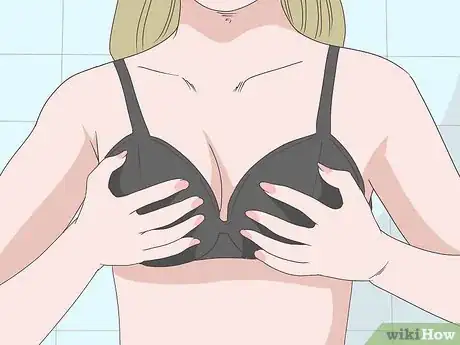
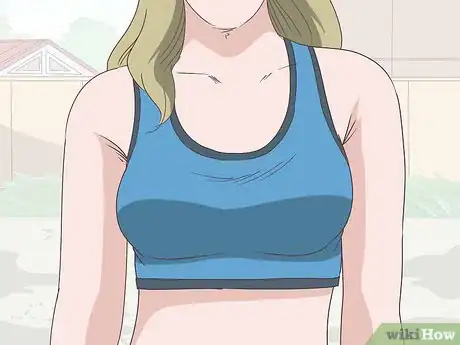



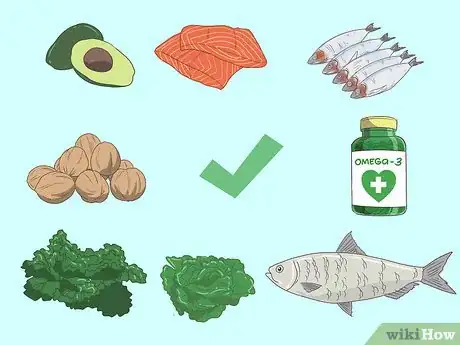

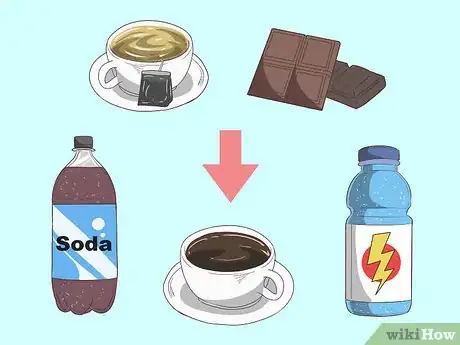
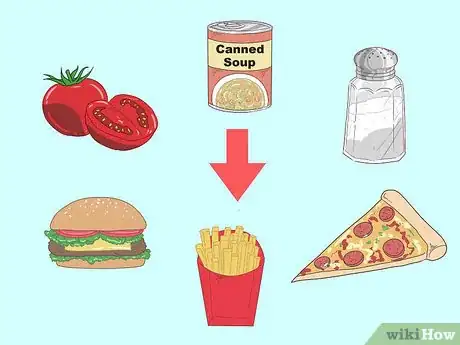
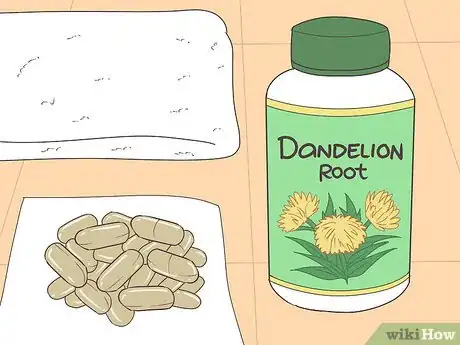
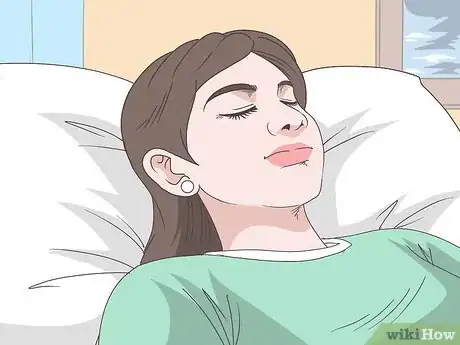
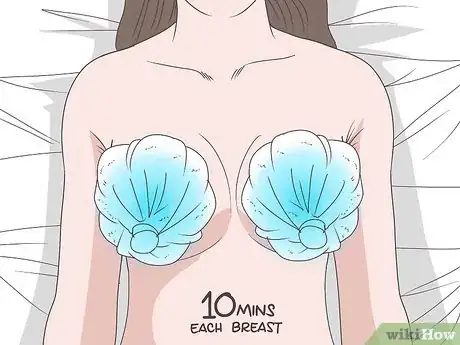
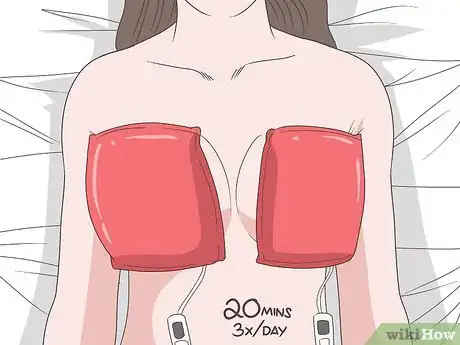
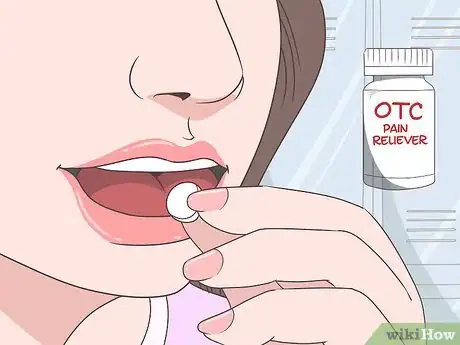
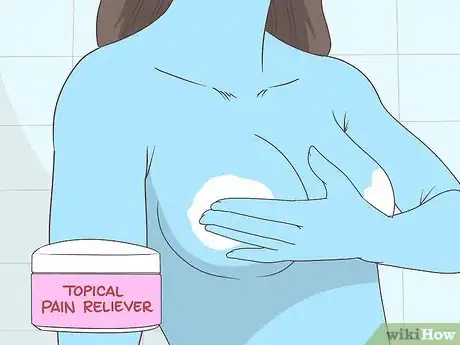
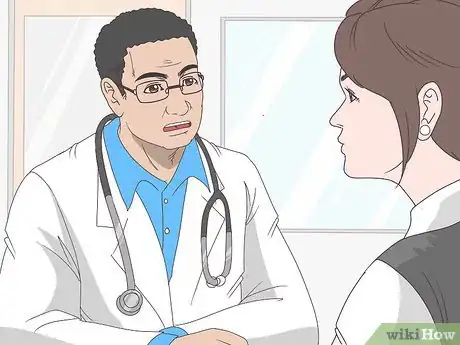

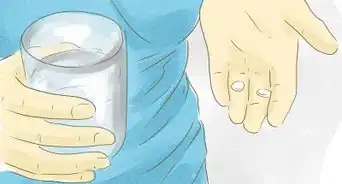
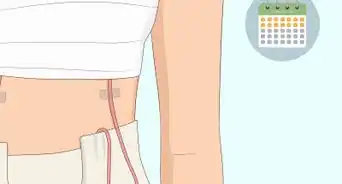
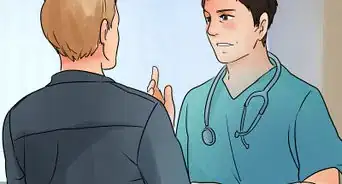
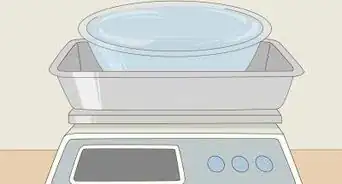
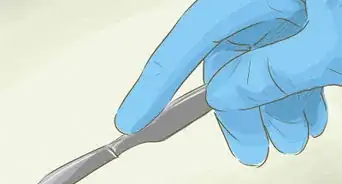
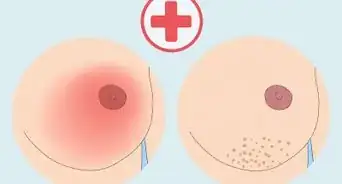
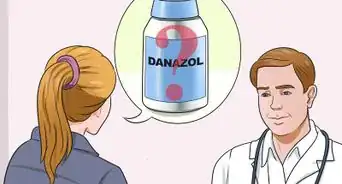

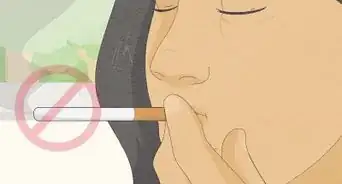


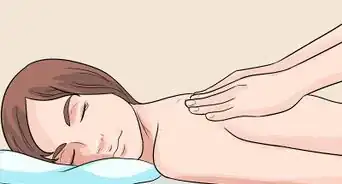
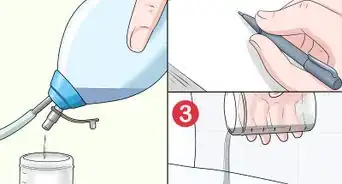
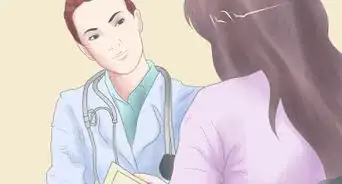







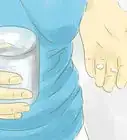
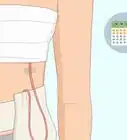

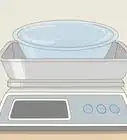



































Medical Disclaimer
The content of this article is not intended to be a substitute for professional medical advice, examination, diagnosis, or treatment. You should always contact your doctor or other qualified healthcare professional before starting, changing, or stopping any kind of health treatment.
Read More...